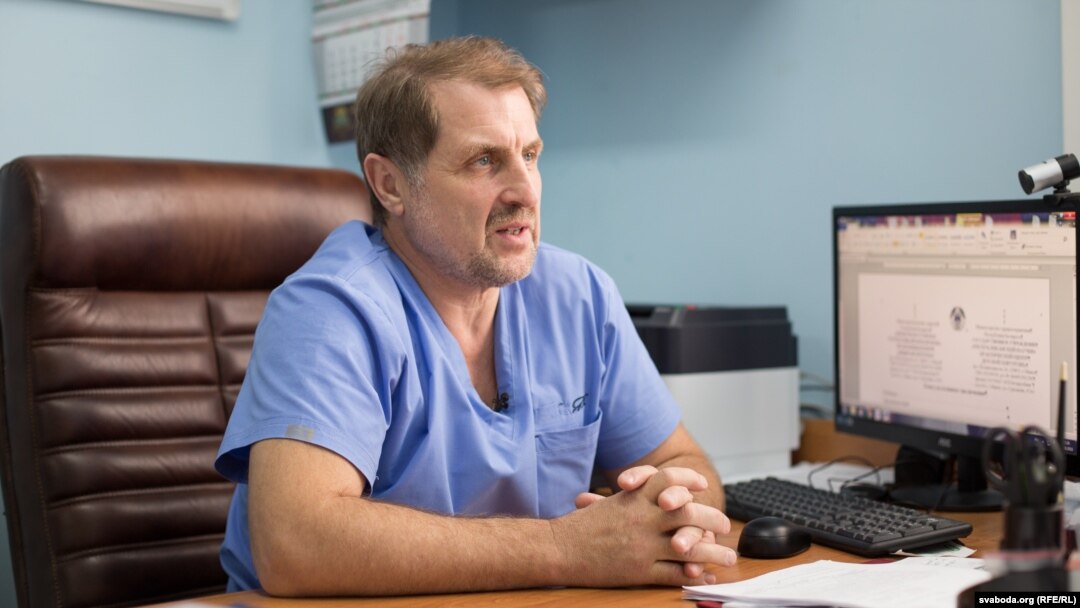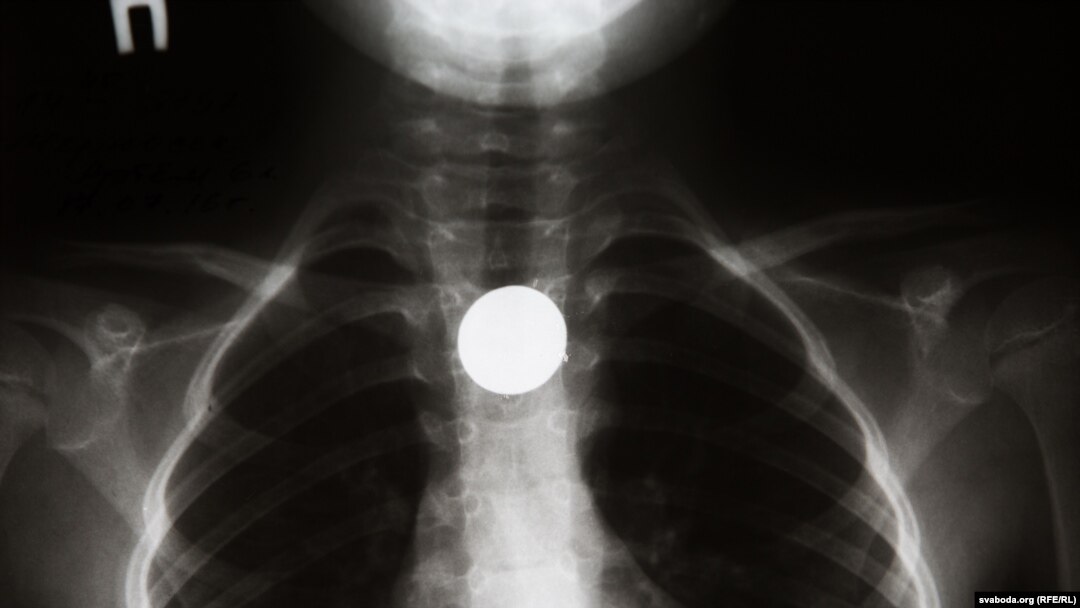MINSK -- The reintroduction of coins in Belarus has led to a dangerous rise in consumption -- by children requiring medical attention to remove kopeks they have swallowed.
The choking threat posed by small coins had not been much of an issue in Belarus after the country went exclusively to paper currency following the collapse of the Soviet Union.
But the shiny new coins that Belarus began circulating on July 1 have proven to be an irresistible temptation for young children prone to putting small objects in their mouths.
The danger became apparent to doctors at the Republican Scientific and Practical Center of Pediatric Surgery in Minsk shortly after eight denominations of coins were circulated.
During the first two weeks of July, surgeons at the center saw upward of 10 cases per day of young coin swallowers.
About half of them required anesthesia while doctors performed surgery.
The procedure involves a tubelike instrument called an endoscope that is inserted through the mouth of the child to reach their esophagus, stomach, and upper portion of their small intestine.
Alyaksandr Svirsky, head of the department of pediatric surgery at the medical facility, told RFE/RL that most of the young coin gobblers have been between the ages of 2 and 5.
"We know that a child from the age of 2 to 5 absorbs information like a sponge," Svirsky said. "They explore the world not only with their eyes, but also by tasting. A baby will put anything in its mouth, especially all that glitters and makes a jangly sound."

Dr. Alyaksandr Svirsky
Svirsky's medical unit had anticipated the influx of such cases well before the new Belarusian kopeks were introduced, and even took the step of purchasing new surgical equipment to aid in their removal.
"We have had a whole generation grow up without any coins in this country," Svirsky explained. "So we did assume that there would be a significant increase in the number of children swallowing coins."
Svirsky’s staff had seen cases of coin-swallowing kids before July 1, but the number of incidents was much smaller and the coins were from abroad.
Oleg Pataleta, an endoscopist at the pediatric surgery center in Minsk, said the hospital has assembled an exotic "endoscopic numismatic collection" from young patients that includes coins from Ukraine, Azerbaijan, and the United Arab Emirates, as well as French francs and German coins from before the advent of the single euro currency.
The new coins were reintroduced in July.
Since mid-July, when Belarusian media began reporting a surge in coin-swallowing cases, parents appear to have become more vigilant about the risk posed to children.
By late July, the pediatric surgery center was seeing only a couple of cases each day.
Svirsky warns, however, that more can be expected once the school year begins on September 1.
"The attention parents pay to this situation will weaken," Svirsky said, while children's curiosity will not.
Svirsky says parents need to remain vigilant and make sure small objects are not within the reach of young children.
"You need to carefully inspect the room from the viewpoint of the child’s eye level," he advises.
He also notes that coins are not the most dangerous choking hazard for children.
That would be button batteries that power small electronic devices -- from watches, toys, games, flashing jewelry, hearing aids, and singing greeting cards.
An electrical current can form around a battery, even if the battery is dead, generating hydroxide that can burn through internal tissue.


